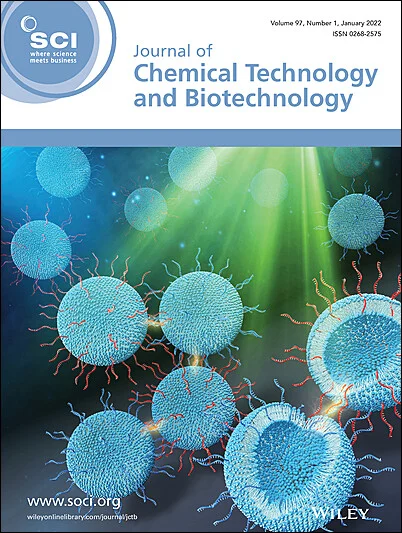Viscosity reduction of heavy oil through aquathermolysis catalyzed by piperazine metal complex clay composite and the mechanism study
Abstract
BACKGROUND
Synergistic catalytic aquathermolysis represents a pivotal technology for heavy oil recovery, where the development, screening, and mechanistic understanding of composite catalysts play a central role. Although this approach demonstrates considerable scientific merit and practical utility, enhancing catalyst performance and economic viability remains an ongoing challenge.
RESULTS
In this study, a series of novel composite catalysts were designed and synthesized using piperazine as the ligand and Na-montmorillonite as the carrier and applied to the aquathermolysis reaction system of heavy oil. The experimental results show that the S@Ni(II)P composite catalyst exhibits excellent synergistic catalytic performance: the viscosity reduction rate reaches 67.5% compared with the untreated oil sample and 57.4% compared with the blank aquathermolysis sample, while maintaining good catalytic stability. The viscosity reduction performance of the catalyst was systematically verified by characterization techniques such as Fourier transform infrared spectroscopy (FT-IR), scanning electron microscopy-energy dispersive spectroscopy (SEM-EDS), X-ray diffraction (XRD), thermogravimetric analysis (TGA), differential scanning calorimetry (DSC), elemental analysis, SARA analysis (saturates, aromatics, resins, asphaltenes), and gas chromatography (GC) of saturated hydrocarbons. In addition, based on the molecular structural characteristics of resins and asphaltenes in heavy oil, a model compound system was constructed in this study to deeply elucidate the synergistic catalytic mechanism of the S@Ni(II)P composite catalyst in the aquathermolysis process of heavy oil.
CONCLUSION
This study successfully developed a highly efficient and stable composite catalyst that significantly enhanced the viscosity reduction effect in heavy oil aquathermolysis while elucidating its synergistic catalytic mechanism. The research not only provides an important experimental foundation for innovations in heavy oil recovery technology, but also offers scientific basis for theoretical development in this field. © 2025 Society of Chemical Industry (SCI).



 求助内容:
求助内容: 应助结果提醒方式:
应助结果提醒方式:


